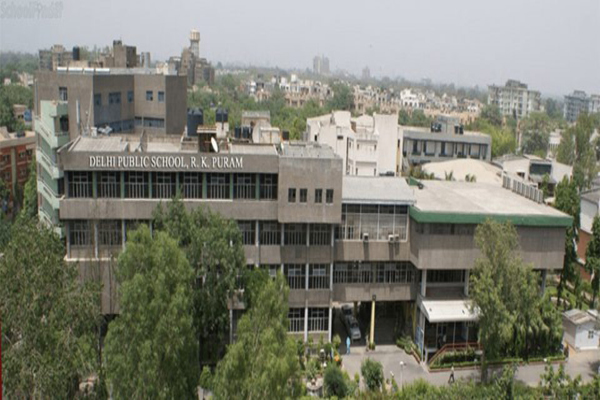 |
As part of reforming the education landscape and strategies for the future, the teacher needs to be retrained, especially in ICT to cope with the rapidly changing education technology. The session talked about revisiting the education pedagogy in the industry, being focussed on skills for jobs and nurturing entrepreneurial skills beyond functional silos |
 |
H E Dr Samuel K Mbanbo, High Commissioner, High Commission of the Republic of Namibia
The quality of the teacher and his continuing professional education and training remain central to the achievement of quality education. This is one of the many challenges we are facing today. |
 |
Prof R K Mittal, Vice Chancellor, Teerthanker Mahaveer University
Universities should grade the students of different skills like on discipline, general proficiency, technical, communication and behavioral skills and practical university in their mark sheets. This will tell an employer what kind of a student a person is. A good grade does not always reflect the qualities of a person. |
 |
Ramesh Kumar, Vice President, SAP Services, India Education provides foundation for global opportunities. If we design it right, the world changes. Research is not only about managing grants or funds or bringing transparency around that, but also to manage if these research projects are environment-friendly and if there are some eLabs that technology platforms can support.
|
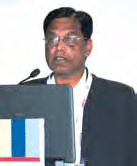 |
Dr V Panduranga Rao, Director, IMT, Hyderabad Campus
The three problems we are facing in this country are: pedagogy or the design of the curriculum, delivery of the pedagogy and the readiness of the teacher to adapt to the dynamic needs of the pedagogy processes. |
 |
K Sunitha, Commissioner of Collegiate Education, Government of Andhra Pradesh
We have demand for skilled force in certain sections but it is not respectable in the Indian society to go in for those fields. Many parents think it would be demeaning if their son becomes a plumber or carpenter. There is a lack of dignity of labour in India so we always try to become more academic or useless people. |



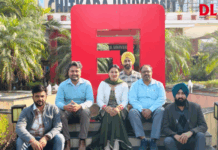



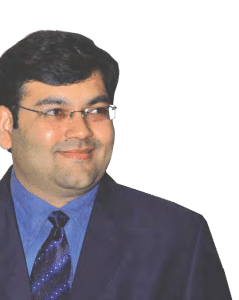

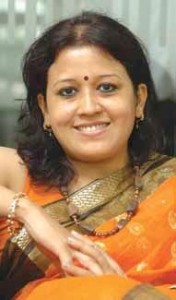 Strategic investment in human capital
Strategic investment in human capital 






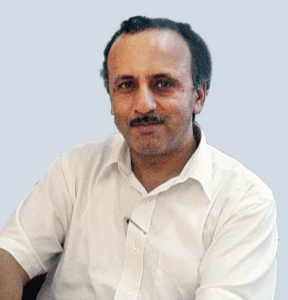
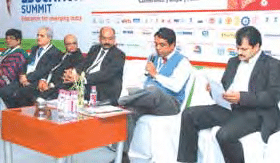
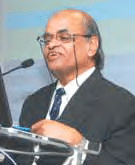
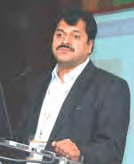
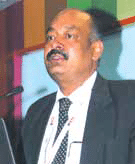






 Jaipur: Rajasthan Engineering Colleges Society has expressed its inability to give revised pay scales to teachers in the existing fee structure.
Jaipur: Rajasthan Engineering Colleges Society has expressed its inability to give revised pay scales to teachers in the existing fee structure.











